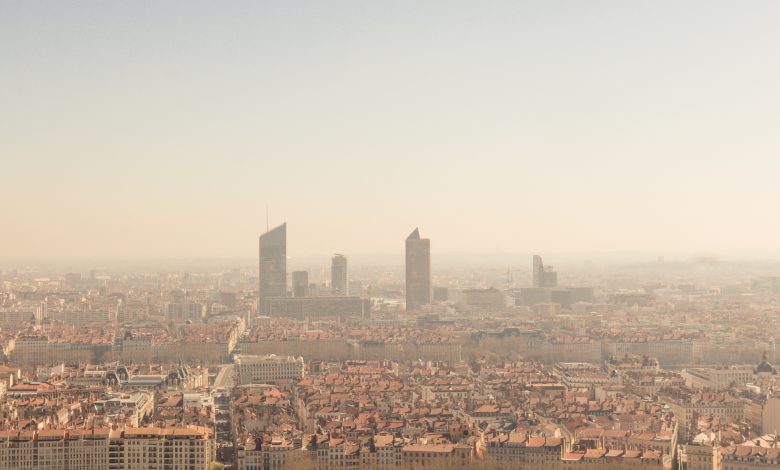Climate Change: Europe, a continent in danger…

Europe experienced a 2.3°C warmer year in 2022 compared to the climate of the late 19th century, confirming the continent’s rapid heating at a rate twice as fast as the global average, fueling exceptional heatwaves and droughts.
“In 2022, Europe was about 2.3°C above the pre-industrial average (1850-1900) used as a reference for the Paris Agreement on climate change,” announced the World Meteorological Organization (WMO) and the European network Copernicus in their annual report on Monday, June 19, 2023.
In November 2022, the United Nations’ World Meteorological Organization had already announced that the continent had been warming at a rate of +0.5°C per decade since 1990, which is twice as fast as the average of the five other global meteorological regions. 2022 was the hottest year on record for Belgium, France, Germany, Ireland, Italy, Luxembourg, Portugal, Spain, Switzerland, and the United Kingdom.
Across the entire European meteorological region, 2022 was the second warmest year, or the fourth when including Greenland and certain more eastern territories. However, almost the entire region experienced temperatures more than 0.5°C above the averages of the 1991-2020 period.
“Intense and widespread droughts”
“Europe is the fastest-warming region in the world,” reminded Professor Petteri Taalas, Secretary-General of the WMO. These “high temperatures have exacerbated intense and widespread droughts, fueled severe forest fires responsible for the second-largest burned area ever recorded, and caused thousands of victims,” he emphasized.
According to the Emergency Events Database (EM-DAT), weather-related and climate-related hazards in Europe in 2022 directly affected 156,000 people and caused 16,365 deaths, almost exclusively due to heatwaves.
Economic damages, mostly related to floods and storms, are estimated to total around $2 billion for the year 2022, significantly lower than the $50 billion in 2021 following exceptional floods.
While temperatures rose, precipitation was below average in much of Europe. “This is the fourth consecutive dry year in the Iberian Peninsula and the third in the mountainous regions of the Alps and the Pyrenees,” the report states.
France experienced the driest period from January to September 2022 since 1976, as did the United Kingdom from January to August, causing “significant impacts on agriculture and energy production.”












